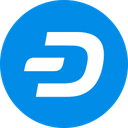-
 bitcoin
bitcoin $107015.826941 USD
-2.18% -
 ethereum
ethereum $3637.352324 USD
-5.18% -
 tether
tether $0.999831 USD
-0.02% -
 xrp
xrp $2.338078 USD
-6.23% -
 bnb
bnb $998.272150 USD
-6.97% -
 solana
solana $167.598257 USD
-10.12% -
 usd-coin
usd-coin $0.999863 USD
0.01% -
 tron
tron $0.282573 USD
-5.09% -
 dogecoin
dogecoin $0.169891 USD
-7.39% -
 cardano
cardano $0.557554 USD
-7.03% -
 hyperliquid
hyperliquid $39.914802 USD
-5.85% -
 chainlink
chainlink $15.414549 USD
-9.97% -
 bitcoin-cash
bitcoin-cash $510.361911 USD
-4.26% -
 ethena-usde
ethena-usde $0.999194 USD
-0.03% -
 stellar
stellar $0.282092 USD
-6.07%
What is the difference between gas price and gas limit?
Gas price and gas limit are crucial for Ethereum transactions: gas price (in gwei) affects speed, while gas limit prevents excessive spending, with unused gas refunded.
Aug 09, 2025 at 08:42 pm
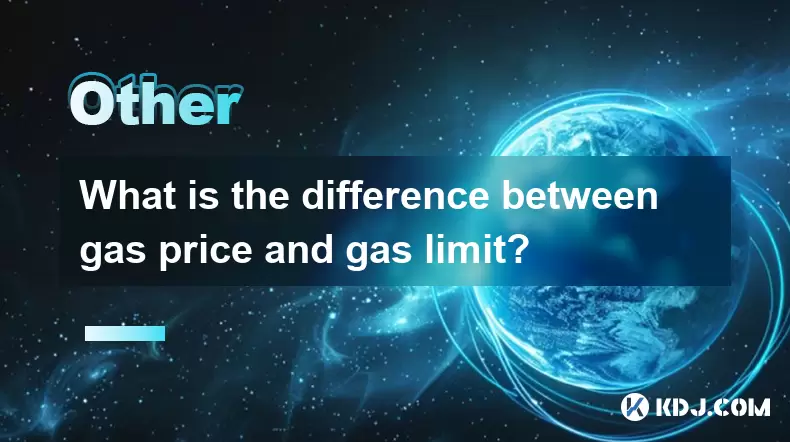
Understanding Gas in Ethereum and EVM-Based Networks
In blockchain networks that support smart contracts—particularly Ethereum and other EVM (Ethereum Virtual Machine)-compatible chains—gas is the unit that measures the computational effort required to execute operations. Every action on the network, such as sending tokens, deploying a smart contract, or interacting with a decentralized application (dApp), consumes gas. The concept of gas ensures that users pay for the resources they use, preventing spam and maintaining network stability. However, two critical components govern how much users pay and how transactions are processed: gas price and gas limit. These are independent but interrelated values that must be set correctly to ensure successful and cost-effective transactions.
What Is Gas Price?
The gas price refers to the amount of cryptocurrency (usually denominated in gwei, a subunit of ETH) that a user is willing to pay per unit of gas. This value directly influences how quickly a transaction is confirmed by miners or validators. A higher gas price increases the incentive for block producers to include the transaction in the next block. The gas price is dynamic and fluctuates based on network congestion. Users can check current gas prices using tools like Etherscan Gas Tracker, GasNow, or Blocknative’s Gas Platform.
- Navigate to Etherscan.io
- Click on the 'Gas Tracker' tab
- Observe the current low, average, and high gas prices in gwei
- Use the average price for normal transactions or high for urgent ones
For example, if the current average gas price is 30 gwei and your transaction consumes 21,000 units of gas, the total fee will be 30 × 21,000 = 630,000 gwei, or 0.00063 ETH. Wallets like MetaMask automatically suggest gas prices based on network conditions, but advanced users can manually adjust them to save costs or speed up transactions.
What Is Gas Limit?
The gas limit is the maximum amount of gas a user is willing to consume for a transaction. It acts as a safety cap to prevent runaway code or infinite loops from draining a user’s funds. Each transaction type has a standard gas requirement. For instance, a simple ETH transfer requires a gas limit of 21,000 units. More complex operations, such as interacting with DeFi protocols or minting NFTs, may require 100,000 gas or more.
- Open MetaMask and initiate a transaction
- In the transaction details, locate the 'Gas Limit' field
- For ETH transfers, ensure it is set to 21,000
- For contract interactions, allow the wallet to estimate or manually input a higher value
If the actual gas used is less than the gas limit, the unused gas is refunded to the sender. However, if the gas limit is too low to complete the operation, the transaction will fail and the gas used will not be refunded, even though the state changes are reverted. This is known as an 'out of gas' error.
How Gas Price and Gas Limit Interact
The total transaction cost is calculated by multiplying the gas price by the gas used, not the gas limit. However, the gas limit sets the upper boundary for consumption. For example:
- Gas limit: 50,000
- Gas price: 25 gwei
- Gas used: 45,000
Total cost = 25 gwei × 45,000 = 1,125,000 gwei (0.001125 ETH)
Even though the limit was 50,000, only 45,000 was consumed. The remaining 5,000 gas is not charged. However, if the same transaction had a gas limit of 40,000, it would fail because 45,000 gas is needed, and the entire 40,000 would be consumed without success.
Wallets typically automatically estimate gas limits for standard transactions. For custom contract calls, users may need to:
- Use 'Estimate Gas' functions in dApps
- Check similar transactions on Block explorers
- Increase the suggested limit by 10–20% to avoid failure
Common Misconfigurations and How to Avoid Them
Misunderstanding gas price and gas limit can lead to failed transactions or excessive fees. A common mistake is setting a gas price too low during peak congestion, causing the transaction to remain unconfirmed for hours or even days. Conversely, setting a gas limit too high does not increase fees unless more gas is consumed, but setting it too low causes failure.
To avoid errors:
- Always verify the recommended gas price before sending
- Do not manually lower the gas limit below the required minimum
- Use custom nonce management if canceling or replacing a stuck transaction
- Monitor pending transactions via MetaMask Activity tab or Etherscan
For stuck transactions (low gas price), you can replace them by:
- Sending a new transaction with the same nonce
- Using a higher gas price
- Setting the value to 0 ETH if the original was a token transfer
- Confirming the replacement in your wallet
This process, known as 'speeding up' or 'canceling' a transaction, leverages Ethereum’s nonce system to overwrite pending transactions.
Gas Settings on Layer 2 and Alternative EVM Chains
On Layer 2 solutions like Arbitrum, Optimism, or zkSync, and sidechains like Polygon, gas mechanics differ slightly. While gas price and gas limit still exist, transaction fees are significantly lower due to reduced congestion and different consensus mechanisms. Gas prices on Polygon may be as low as 20–50 gwei, compared to Ethereum’s 30–100+ gwei during peak times.
When using these networks:
- Ensure your wallet is connected to the correct network RPC
- Adjust gas settings according to the chain’s average
- Use Chainlist.org to add network configurations safely
- Be aware that gas limits for contract interactions may differ from Ethereum
Some Layer 2 networks use dynamic fee models or fee abstraction, but the fundamental concepts of gas price and gas limit remain applicable.
Frequently Asked Questions
Can I change the gas price after sending a transaction?Yes, if the transaction is still pending. You can replace it by sending a new transaction with the same nonce and a higher gas price. Most wallets like MetaMask offer a 'Speed Up' option to do this automatically.
Why did my transaction fail even though I had enough ETH for the gas?The transaction likely ran out of gas because the gas limit was too low for the operation. Even with sufficient funds, if the computation exceeds the limit, execution halts and the gas is consumed.
Does a higher gas limit increase my transaction fee?No, you are only charged for the gas used, not the limit. However, setting an excessively high limit is unnecessary and could pose risks if interacting with malicious contracts.
What happens to unused gas in a transaction?Any unused gas is automatically refunded to your wallet in the form of ETH. For example, if you set a gas limit of 100,000 but only 70,000 is used, the remaining 30,000 is returned.
Disclaimer:info@kdj.com
The information provided is not trading advice. kdj.com does not assume any responsibility for any investments made based on the information provided in this article. Cryptocurrencies are highly volatile and it is highly recommended that you invest with caution after thorough research!
If you believe that the content used on this website infringes your copyright, please contact us immediately (info@kdj.com) and we will delete it promptly.
- ZKsync Tokenomics: Utility Shift or Just Another Altcoin Bounce?
- 2025-11-05 00:40:13
- BTC, UK, Treasury Plan: Smarter Web's Bold Bitcoin Bet
- 2025-11-05 01:00:17
- Blockchain Gaming: Digital Assets Unlock New Value and Combat Bots
- 2025-11-05 01:10:02
- AMP Crypto's Wild Ride: Noomez Migration & Price Drops - What's the Deal?
- 2025-11-05 00:50:02
- XRP, BlockDAG, and Presales: Decoding the Hottest Crypto Trends
- 2025-11-04 22:50:12
- Noomez ($NNZ): Can Deflationary Tokenomics Deliver a 100x Moonshot?
- 2025-11-04 23:30:02
Related knowledge

What is a block explorer and how do you use it?
Oct 24,2025 at 12:36am
What Is a Block Explorer?1. A block explorer is a web-based tool that allows users to view and analyze data on a blockchain network in real time. It f...
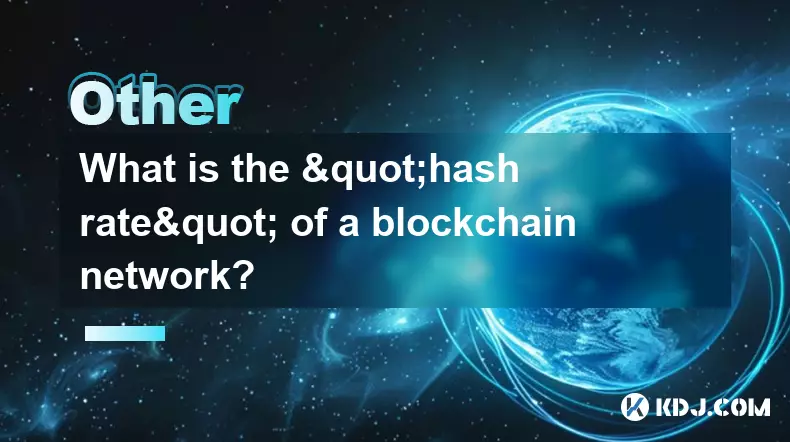
What is the "hash rate" of a blockchain network?
Oct 10,2025 at 03:55pm
Understanding Hash Rate in Blockchain Networks1. The hash rate refers to the total computational power being used to process transactions and mine new...
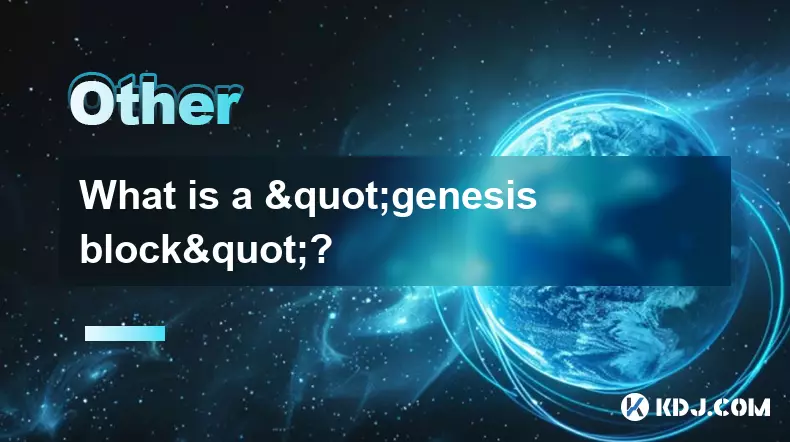
What is a "genesis block"?
Oct 15,2025 at 07:55pm
Understanding the Genesis Block in CryptocurrencyThe genesis block is the very first block in a blockchain network. It serves as the foundation upon w...
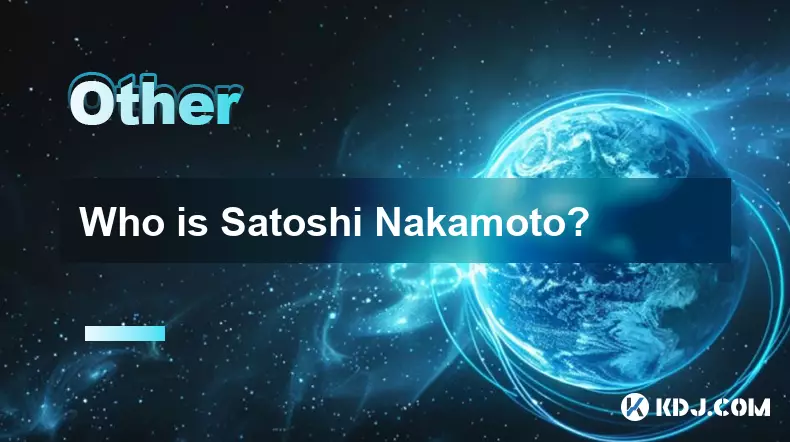
Who is Satoshi Nakamoto?
Oct 15,2025 at 01:01pm
Who is Satoshi Nakamoto?1. Satoshi Nakamoto is the pseudonymous individual or group credited with creating Bitcoin, the first decentralized cryptocurr...
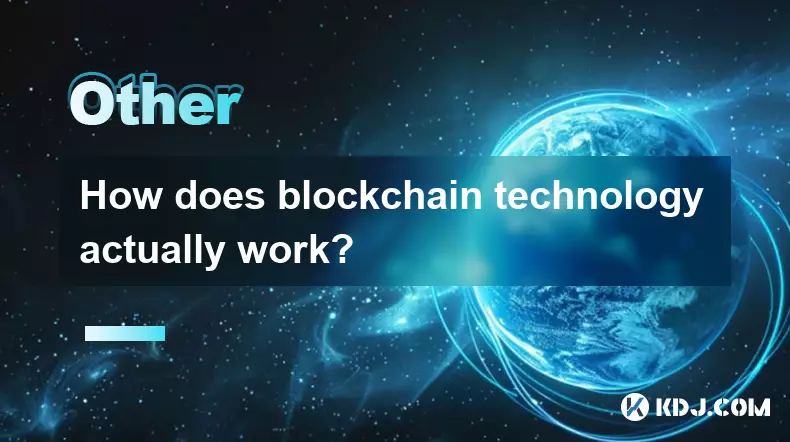
How does blockchain technology actually work?
Oct 11,2025 at 02:36pm
Understanding the Core Mechanism of Blockchain1. At its foundation, blockchain is a decentralized digital ledger that records transactions across mult...

What is a token economy?
Sep 20,2025 at 12:18am
Understanding the Foundations of a Token Economy1. A token economy in the context of cryptocurrency refers to a system where digital tokens are used a...

What is a block explorer and how do you use it?
Oct 24,2025 at 12:36am
What Is a Block Explorer?1. A block explorer is a web-based tool that allows users to view and analyze data on a blockchain network in real time. It f...

What is the "hash rate" of a blockchain network?
Oct 10,2025 at 03:55pm
Understanding Hash Rate in Blockchain Networks1. The hash rate refers to the total computational power being used to process transactions and mine new...

What is a "genesis block"?
Oct 15,2025 at 07:55pm
Understanding the Genesis Block in CryptocurrencyThe genesis block is the very first block in a blockchain network. It serves as the foundation upon w...

Who is Satoshi Nakamoto?
Oct 15,2025 at 01:01pm
Who is Satoshi Nakamoto?1. Satoshi Nakamoto is the pseudonymous individual or group credited with creating Bitcoin, the first decentralized cryptocurr...

How does blockchain technology actually work?
Oct 11,2025 at 02:36pm
Understanding the Core Mechanism of Blockchain1. At its foundation, blockchain is a decentralized digital ledger that records transactions across mult...

What is a token economy?
Sep 20,2025 at 12:18am
Understanding the Foundations of a Token Economy1. A token economy in the context of cryptocurrency refers to a system where digital tokens are used a...
See all articles





































































